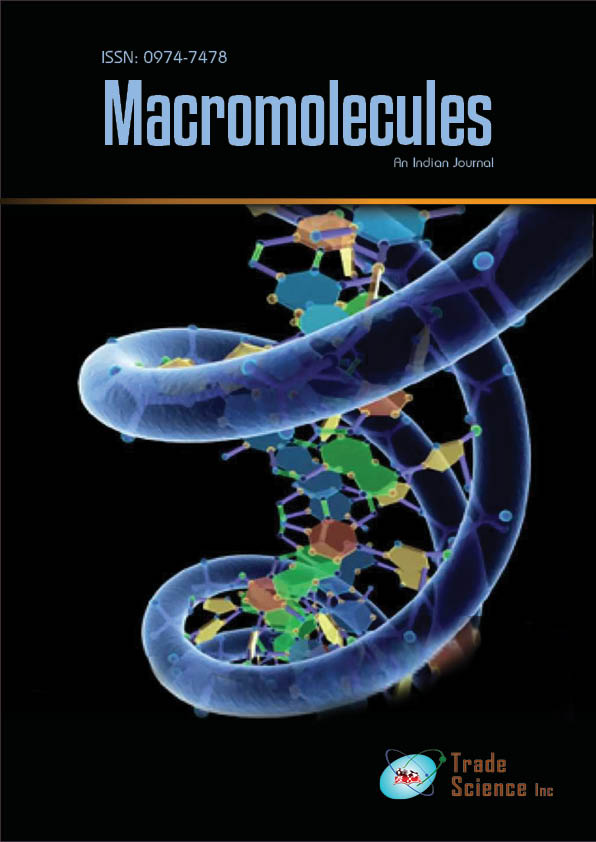Abstract
Biodegradation Studies of Cellulose-Based Polyurethane Foams.
Author(s): Ekebafe LO, Olugbemide AD and Akpa FAOThe extent of biodegradation of polyurethane foams produced using the sugar bagasse from native sugar cane plant as a source for natural cellulose fibers for the production of cellulose based biodegradable polyurethane foams was explored in this study. Cellulose microfibers from sugar bagasse were isolated. The chemical and surface morphological structures of the isolated cellulose were characterized with FTIR, SEM, and Lignin content determination. Polyurethane foams were made from polyols containing as much as 25 ml liquid cellulose. The extent of biodegradability of the foams were evaluated using short-term accelerated laboratory experiments including microbial analysis, and soil burial experiments, to determine the integrity of the foams in the soil. The experimental results have shown that the foams studied biodegraded under anaerobic conditions. Weight loss and change in the tensile strength of the foams after biological exposure were observed. The composition of the foams and the liquid cellulose used in this study could have played a significant role in its yield to microbial attack during the biodegradation experiments.

